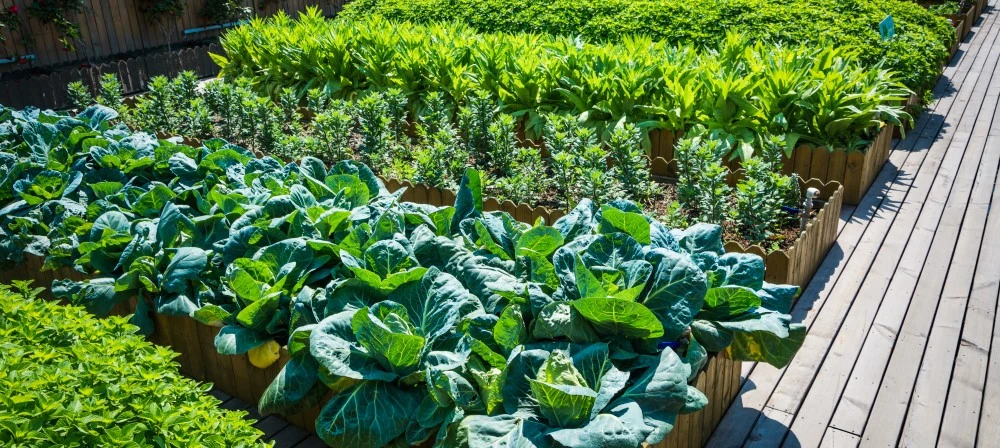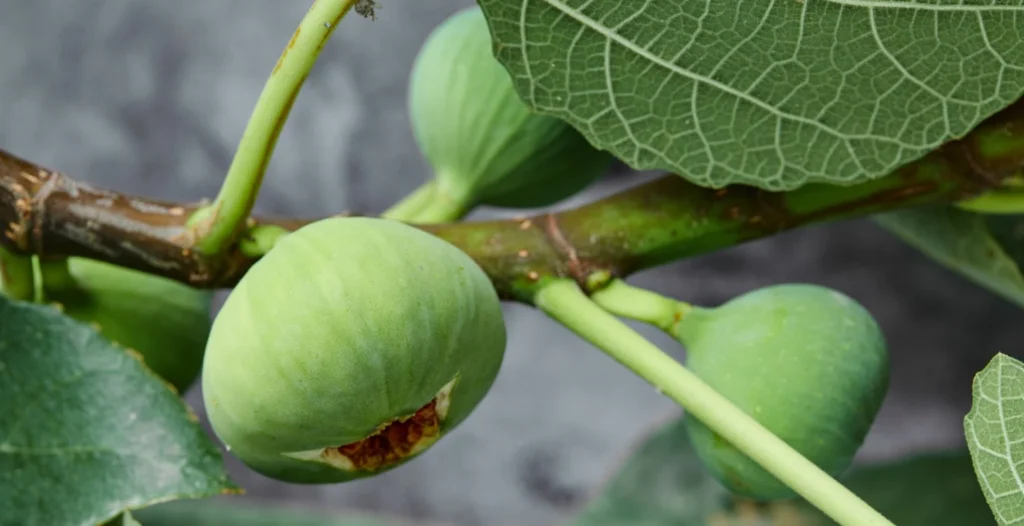Imagine having a lush green garden full of fresh vegetables and vibrant flowers right on your terrace. It may seem like a dream, but with the practice of terrace farming, it can become a reality. Terrace farming is a centuries-old agricultural technique that allows you to maximize your growing space and cultivate a wide variety of crops in small, confined areas. In this article, we will explore the concept of terrace farming, its benefits, and how you can get started on your own terrace farm.
Table of Contents

Understanding Terrace Farming
Terrace farming, also known as step farming, is a method of cultivating crops on a series of flat, horizontal platforms or terraces built into the slope of a hill or a raised platform. These terraces help prevent soil erosion, control water runoff, and provide a stable environment for plants to grow. The practice has been used for centuries in hilly and mountainous regions around the world to make the most of limited arable land.
Benefits of Terrace Farming
Terrace farming offers numerous benefits for both the environment and the farmers. Here are some key advantages:
1. Maximizing Land Use
One of the primary advantages of terrace farming is its ability to maximize land use in areas with limited space. By utilizing the vertical space provided by terraces, farmers can grow more crops in a smaller area, increasing overall productivity and yield.
2. Soil Conservation
Terrace farming helps prevent soil erosion by reducing the flow of water downhill and holding the soil in place. The terraces act as barriers, preventing rainwater from washing away valuable topsoil and nutrients. This helps maintain soil fertility and reduces the negative impact on the surrounding ecosystem.
3. Water Management
Terraces are designed to control water runoff and retain moisture in the soil. They slow down the flow of water, allowing it to infiltrate the ground and recharge the groundwater reservoir. This efficient water management system minimizes water wastage and helps combat drought conditions.
4. Crop Diversification
With terrace farming, you have the flexibility to grow a wide variety of crops in different terraces. Each terrace can be optimized for specific growing conditions, such as sunlight exposure or soil moisture, allowing you to cultivate a diverse range of fruits, vegetables, herbs, and flowers.
5. Aesthetic Appeal
Terrace farming adds an aesthetic appeal to your surroundings. The cascading levels of greenery create a visually pleasing landscape that can transform your terrace into a serene oasis. It provides a relaxing and rejuvenating space where you can connect with nature.
Getting Started with Terrace Farming
Now that you understand the benefits of terrace farming, here are some steps to help you get started:
1. Assess Your Space
Evaluate the available space on your terrace and determine the number of terraces you can create. These factors should be kept in consideration for wind direction, accessibility, and sunlight exposure.
2. Design the Terraces
Plan the layout of your terraces based on the size of your space. Ensure that each terrace has sufficient depth for proper root development and good drainage. Use quality materials to construct the terraces, such as bricks, concrete blocks, or treated wood.
3. Prepare the Soil
Prepare the soil by removing any debris or weeds and adding organic matter, such as compost or well-rotted manure. This will improve soil fertility and provide essential nutrients for your plants.
4. Choose Suitable Crops
Select crops that are well-suited to your local climate and the conditions of your terrace. Consider factors like sunlight, temperature, and water requirements. Opt for compact varieties or those that can be trained to grow vertically for efficient space utilization.
5. Implement Watering Systems
Install an efficient watering system to ensure proper hydration for your plants. Drip irrigation or soaker hoses are excellent options for delivering water directly to the roots while minimizing wastage.
6. Maintain and Harvest
Regularly monitor your terrace farm for pests, diseases, and nutrient deficiencies. Take timely action to address any issues and provide appropriate care. Harvest your crops when they are ripe, and enjoy the bountiful rewards of your terrace farming efforts.
Conclusion
Terrace farming offers a sustainable and practical solution for growing abundance in small spaces. By utilizing vertical space and implementing efficient water management techniques, you can create a thriving garden right on your terrace. Terrace farming not only provides you with a source of fresh, organic produce but also contributes to soil conservation, water management, and the overall well-being of the environment. So, transform your terrace into a green paradise and experience the joy of terrace farming.
FAQs (Frequently Asked Questions)
Q. What is terrace farming?
A. Terrace farming is a method of cultivating crops on a series of flat, horizontal platforms built into the slope of a hill or a raised platform. It maximizes land use and provides a stable environment for plants to grow.
Q. What are the benefits of terrace farming?
A. Terrace farming helps maximize land use, conserves soil, manages water efficiently, allows for crop diversification, and adds aesthetic appeal to the surroundings.
Q. How do I get started with terrace farming?
A. Start by assessing your terrace space, designing the terraces, preparing the soil, choosing suitable crops, implementing watering systems, and maintaining and harvesting your crops.
Q. Can I practice terrace farming in small spaces?
A. Yes, terrace farming is specifically designed for small spaces and can be implemented on terraces, balconies, rooftops, and other confined areas.
Q. Is terrace farming environmentally friendly?
A. Yes, terrace farming contributes to soil conservation, water management, and biodiversity preservation, making it an environmentally friendly agricultural practice.



